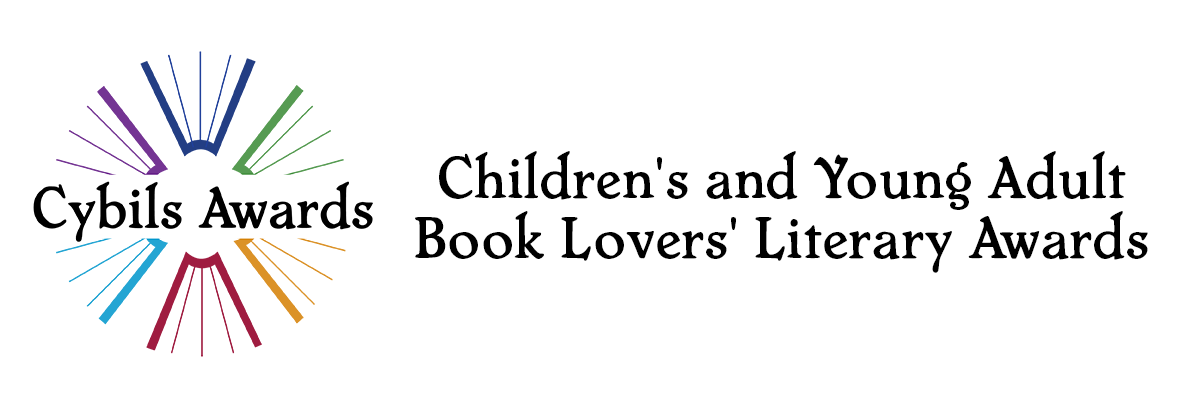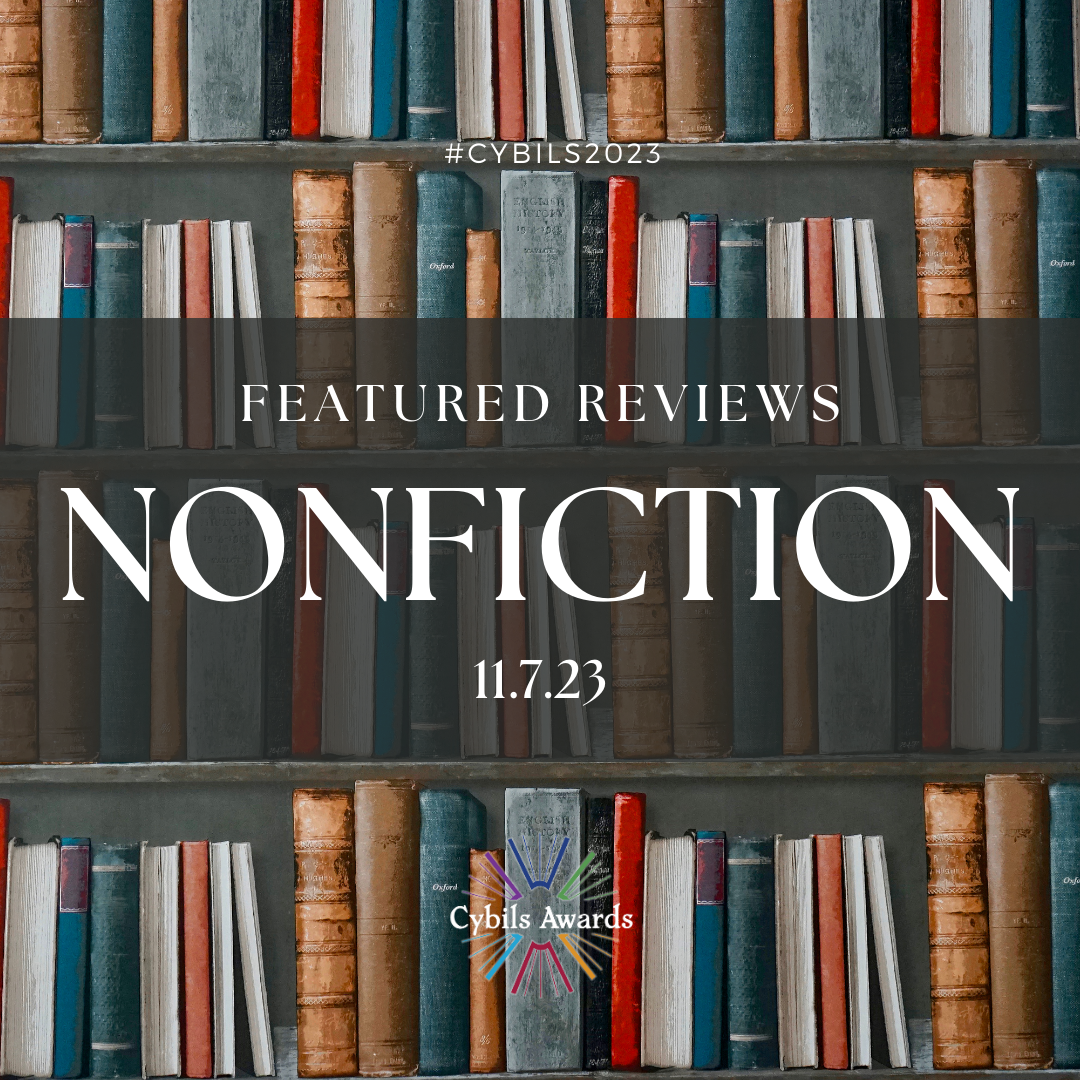Yes, Nonfiction Monday is a thing, but why not Nonfiction Tuesday. Nonfiction can be read – and celebrated! – every day of the week. Yes?! Plus, Tuesdays deserve some book love, too!
Our Nonfiction Tuesday party is all about facts. So here’s what you need to know.
- There will always be 3 books, one for each audience: elementary, middle-grade, high school/young adult.
- The selected books have been nominated or submitted to us for consideration.
- These are excerpts of reviews our judges have written about said books.
- If there are multiple reviews for the same book, we’ll include them.
- Book summaries come from Goodreads. Clicking the cover will take you there.
This week’s featured reviews use different forms of storytelling to present US history to young readers. Verse, photography, narrated nonfiction offer powerful insight into two of the darker periods of our history: slavery during colonial times and the incarceration of Japanese Americans in the 1940s.
ELEMENTARY NONFICTION

From the fireside tales in an African village, through the unspeakable passage across the Atlantic, to the backbreaking work in the fields of the South, this is a story of a people's struggle and strength, horror and hope. This is the story of American slavery, a story that needs to be told and understood by all of us. A testament to the resilience of the African American community, this book honors what has been and envisions what is to be.
Tiffany @ Goodreads – Wow. Just wow. Between the intensely beautiful artwork- a mix of sculptures and paintings, and the realness in the words that Alexander wrote, this is a very real and powerful story that will certainly bring about discussions about slavery in houses and classrooms.
Rosemary @ School Library Journal – An excellent and essential first purchase for all collections; whether for curriculum-building or classroom-sharing, this book is unforgettable.
MIDDLE-GRADE NONFICTION

Three months after Japan attacked Pearl Harbor in 1941, US President Franklin D. Roosevelt ordered the incarceration of all Japanese and Japanese Americans living on the West Coast of the United States. Three photographers set out to document life at Manzanar, an incarceration camp in the California desert: Dorothea Lange, Toyo Miyatake, and Ansel Adams.
In Seen and Unseen, Elizabeth Partridge and Lauren Tamaki weave together these photographers' images, firsthand accounts, and original art to examine the history and injustice of the Japanese American incarceration.
Brooke @ Goodreads – Seen and Unseen is an exceptional mix of graphic design and illustrations, overlaid with excerpts of historical records for a book that is visually engaging and intensely unique. It seems like a large book that might be intimidating, but once you begin, you can’t put it down. My teens enjoyed their journey through history and had questions about some of the highly politicized commentary toward the end. It was a valuable lesson in critical thinking. I love this paired alongside Love in the Library for younger readers for a modern view of the time of Japanese American incarceration.
Cindy on behalf of Kiss the Book, review by Lisa Librarian – The text on the pages is brief, with the pictures telling the bulk of the story. I loved that one perspective was Japanese, and that Lange and Adams had differing opinions about the imprisonment. Tomaki’s illustrations are great, my favorite is when she finished a photograph, showing the reader what wasn’t in the picture the public saw. A great book for a student who wants to learn more – easily accessible for upper elementary, or could easily be used in a class to introduce this element of WWII.
HIGH SCHOOL NONFICTION

Millions of Africans were enslaved during the transatlantic slave trade, but few recorded their personal experiences. Olaudah Equiano's The Interesting Narrative of the Life of Olaudah Equiano is perhaps the most well known of the autobiographies that exist.
Using this narrative as a primary source text, authors Monica Edinger and Lesley Younge share Equiano's life story in "found verse," supplemented with annotations to give readers historical context. This poetic approach provides interesting analysis and synthesis, helping readers to better understand the original text.
Karen @ Goodreads – I was delighted to read this book adapted from the autobiography that Olaudah Equiano wrote. I was happy to see that Monica Edinger and Lesley Young have made this historical document more accessible to young readers (and adults). I picked up several books at the same time from the library when I took this book home, and it took me a while to open the pages. Once I did, I could not put it down. I thought it would be straight prose narrative, but the poetry and the textboxes made this very easy to read. It’s very well done.
Tiffany @ Goodreads – I do not normally gravitate towards non-fiction, but this story is a retelling of the life of writer and abolitionist, Olaudah Equiano. The fact that it was written in verse made it less intimidating to read. I wish this would have been part of my readings when I was in school. I felt like I was reading entries straight from Olaudah’s personal journal.

